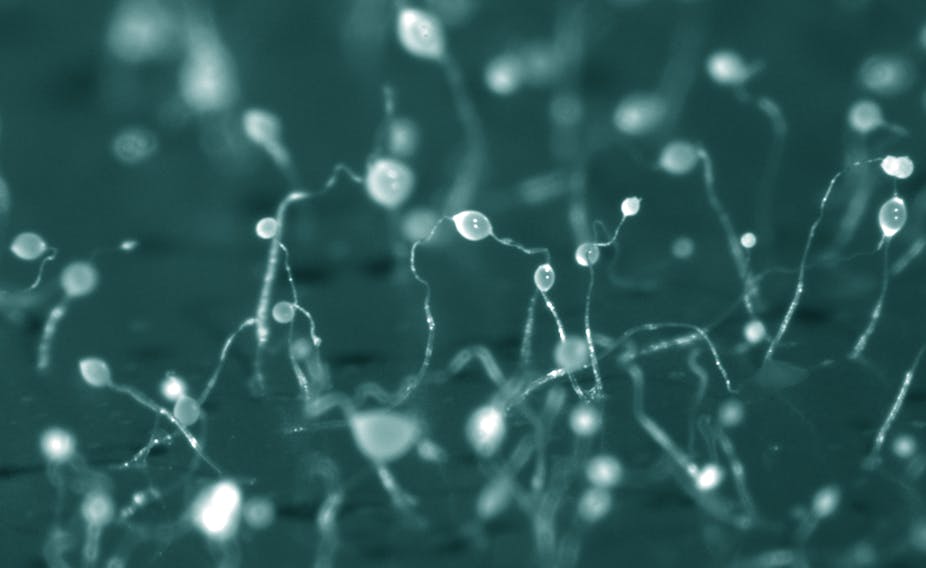Many therapeutic drugs and toxins affect us without us knowing exactly how. We know, for example, that Epilim, or sodium valproate, one of the most highly prescribed medicines for epilepsy can prevent epileptic fits but little is known about how this works at a cellular level.
Knowing how drugs target and interact with our cells could have huge implications in medical research. It could help us to improve drug design and work out who will respond better to different treatments.
And the amoeba Dictyostelium in particular can help. Dictyostelium, known as a social amoeba - previously referred to as slime mould - can be found growing in the soil, decaying leaves and wood in forests. Its life cycle takes it from a single cell organism that eats bacteria, to a “fruiting body” containing around 50,000 cells. Its simplicity makes it easy to study, and it can be grown in a lab and can be used to understand how medical drugs function on a molecular level.
In most kinds of studies that test toxicity, animals - and mammals especially - are used because their genetic composition and biochemistry is closely related to ours. But Dictyostelium can be a good substitute. It can be used to test chemicals and is both faster and cheaper than using animal cells.
The drugs don’t work
One interesting example of amoeba research is in the area of epilepsy treatment. Epilim is an anti-convulsant that prevents epileptic fits but is also used to treat a number of psychiatric conditions such as bipolar disorder (manic depression).
Around 50 million people worldwide have epilepsy - 600,000 in the UK - but despite the development of better epilepsy treatments and the availability of a range of new treatments over the past 50 years, seizures still can’t be controlled in about a third of these. There’s a pressing need to develop and improve epilepsy treatments.
We used Dictyostelium to study how Epilim worked. By looking at how Epilim caused the chemical signals within each amoeba to change, we have shown that Epilim’s effect is related to the production or breakdown of a particular family of compounds containing a specific sugar called inositol. Developing new drugs that are better at doing this may lead to improved treatments.
New medicines could replace strict diet
Children who have severe epilepsy that doesn’t respond to epilepsy drugs are often put on a MCT ketogenic diet. This means they have to eat foods that are high in specific fats and low in carbohydrates. The diet is thought to mimic some aspects of starvation by forcing the body to burn fats rather than carbohydrates - which is why the Atkins diet became popular with people wanting to lose weight. But the diet is a gruelling one and can have nasty side-effects including constipation and reduced growth.
Our work with amoeba has helped us identify a fatty acid which plays a key role in how the MCT ketogenic diet prevents seizures. Research has shown an increase in the amount of this fatty acid in children’s blood when on the diet. This fatty acid is more potent at controlling seizures (in animal models of seizures and epilepsy) than Epilim. Making this link between the diet, the fatty acid, and seizure control could provide the first steps in developing a new drug that replaces the diet.
Also promising is the discovery of new compounds identified using amoeba that could prove even better than Epilim in preventing seizures. These compounds are much more potent than Epilim and can block seizures, but do not have the side effects associated with Epilim, making them both more potent and safer.
There’s some way to go but amoebas are helping us to discover new things. Dictyostelium can also help us discover more about the role that chemical compounds play in treating Alzheimer’s disease and Bipolar Disorder.

